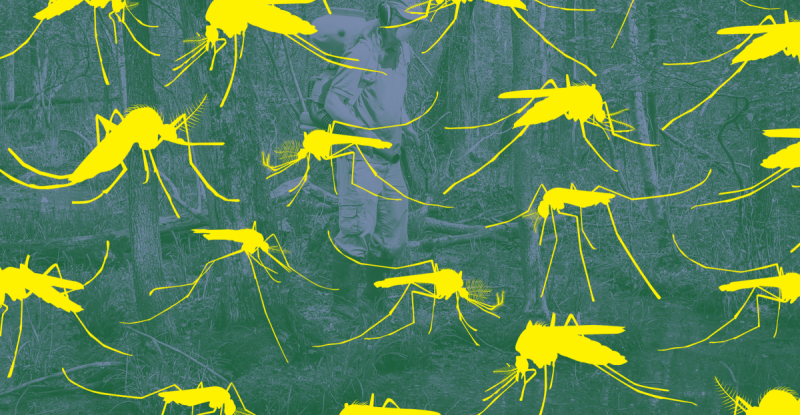
Climate change is no longer a distant threat; it’s rewriting the landscape of disease across the United States, and the primary vector is a tiny, buzzing insect: the mosquito. What was once considered a summer nuisance is rapidly evolving into a significant public health crisis, with expanding ranges and the potential for devastating outbreaks.
The rise of mosquito-borne illnesses is a complex issue, fueled by a confluence of factors. Climate change is extending mosquito breeding seasons and expanding their geographic reach into previously unaffected areas. Urban sprawl provides new breeding grounds in neglected areas and stagnant water sources. Globalization and increased international travel facilitate the rapid spread of diseases across borders, introducing new pathogens to unsuspecting populations.
West Nile virus is already widespread throughout much of the country, but the threat extends far beyond that. Dengue fever, chikungunya, and even malaria are making a resurgence. A particularly alarming development is the spread of the Oropouche virus, originally confined to the Amazon, which is now spreading through South American cities and has even appeared in travelers returning to the US. This highlights the interconnectedness of global health and the ease with which diseases can spread in a globally connected world.
Researchers in Texas are at the forefront of combating this threat, employing advanced mosquito surveillance systems to monitor populations and predict potential outbreaks. Their work underscores the fragility of our public health infrastructure in the face of accelerating risks. Understanding the specific species of mosquitoes that pose the greatest threat is crucial, and a practical guide to identifying seven of the most dangerous mosquito species in the US is readily available to help citizens better protect themselves.
This isn’t merely a climate or science story; it’s a public health emergency that demands our attention. The convergence of climate change, urbanization, and global travel has created a perfect storm for the spread of mosquito-borne diseases. Addressing this crisis requires a multi-pronged approach, including strengthened public health infrastructure, improved surveillance systems, and a greater public awareness of the risks. The time to act is now, before these diseases become firmly entrenched in our communities.










